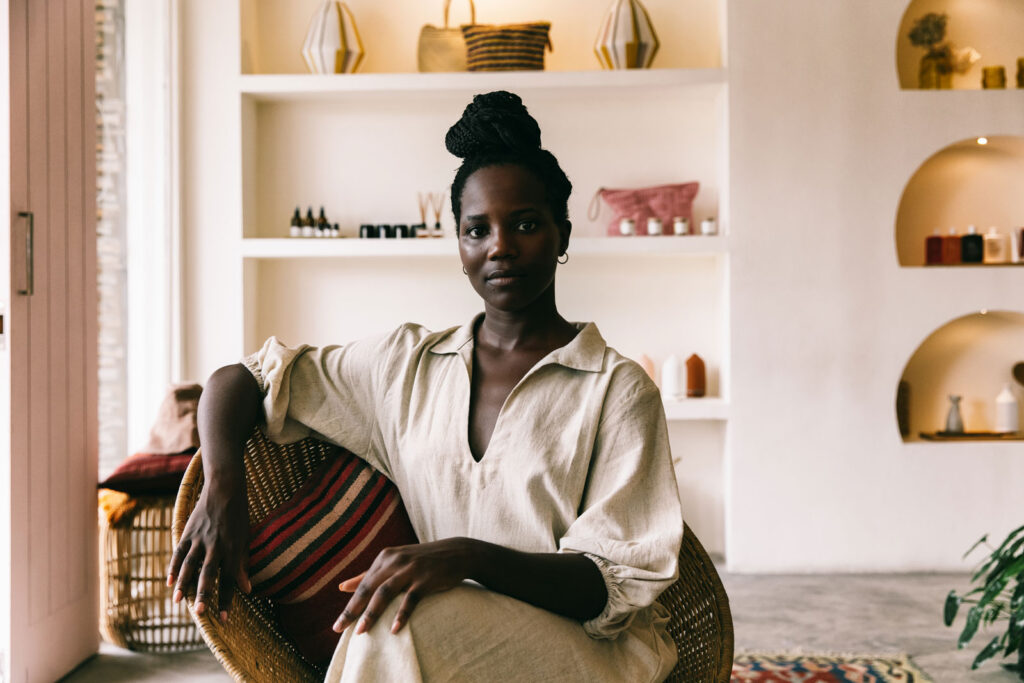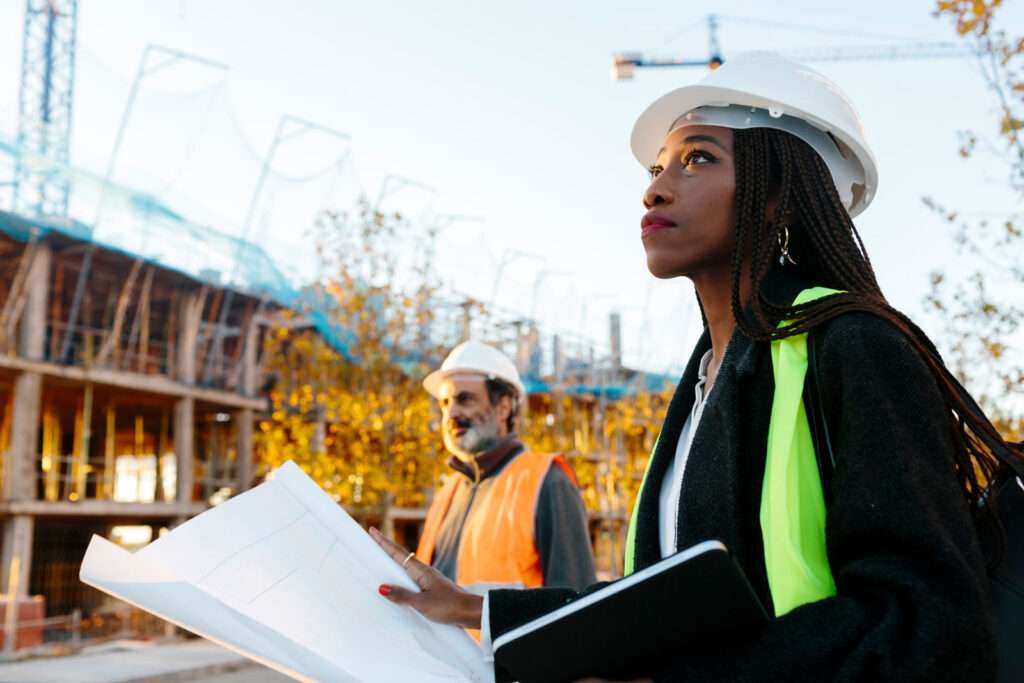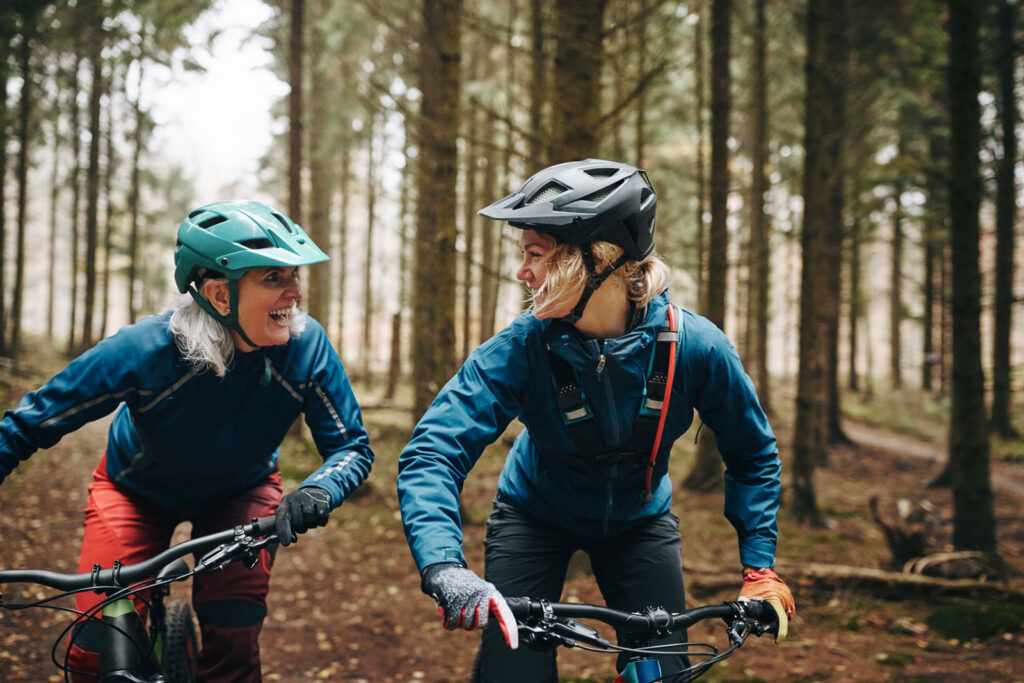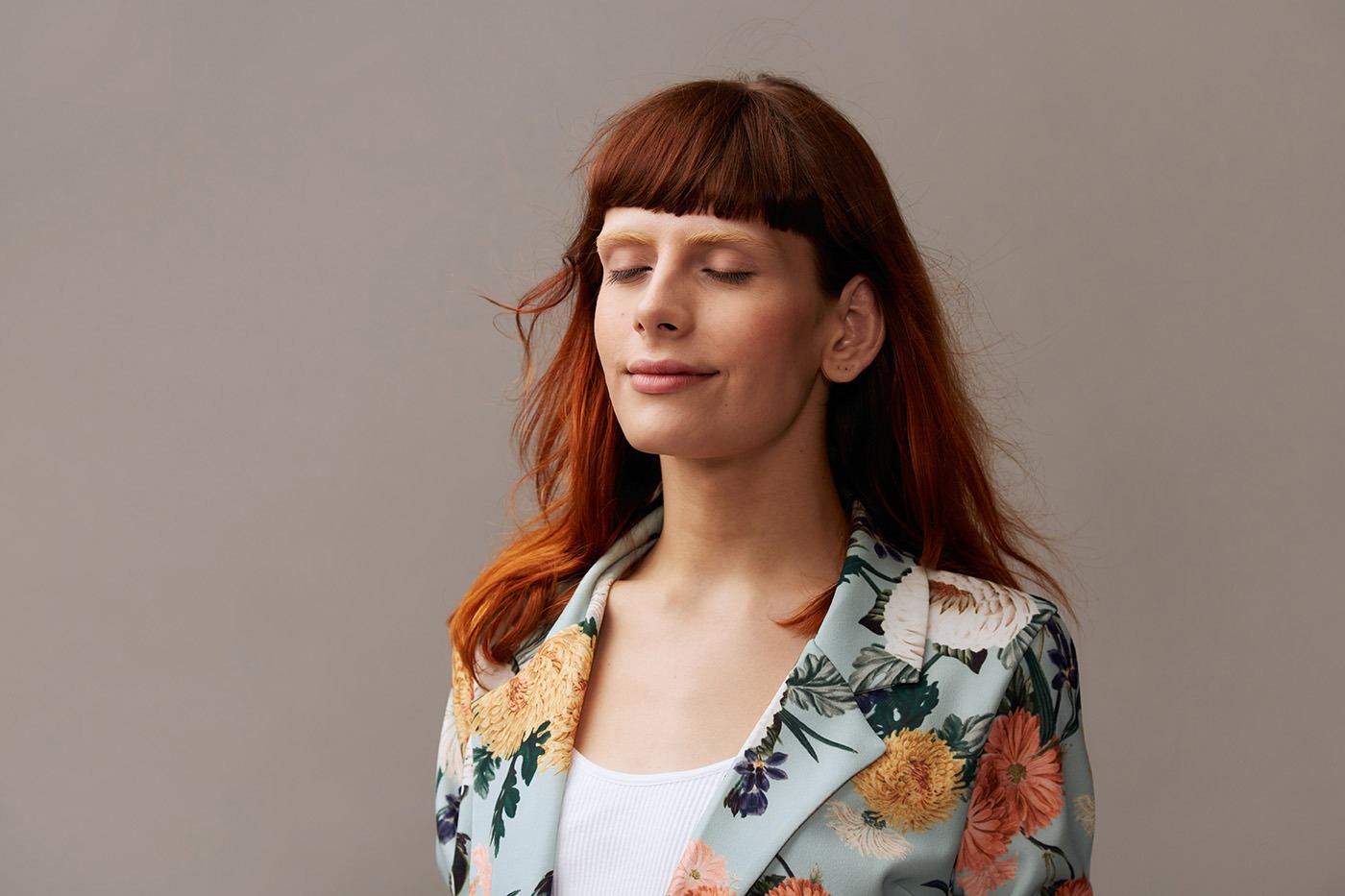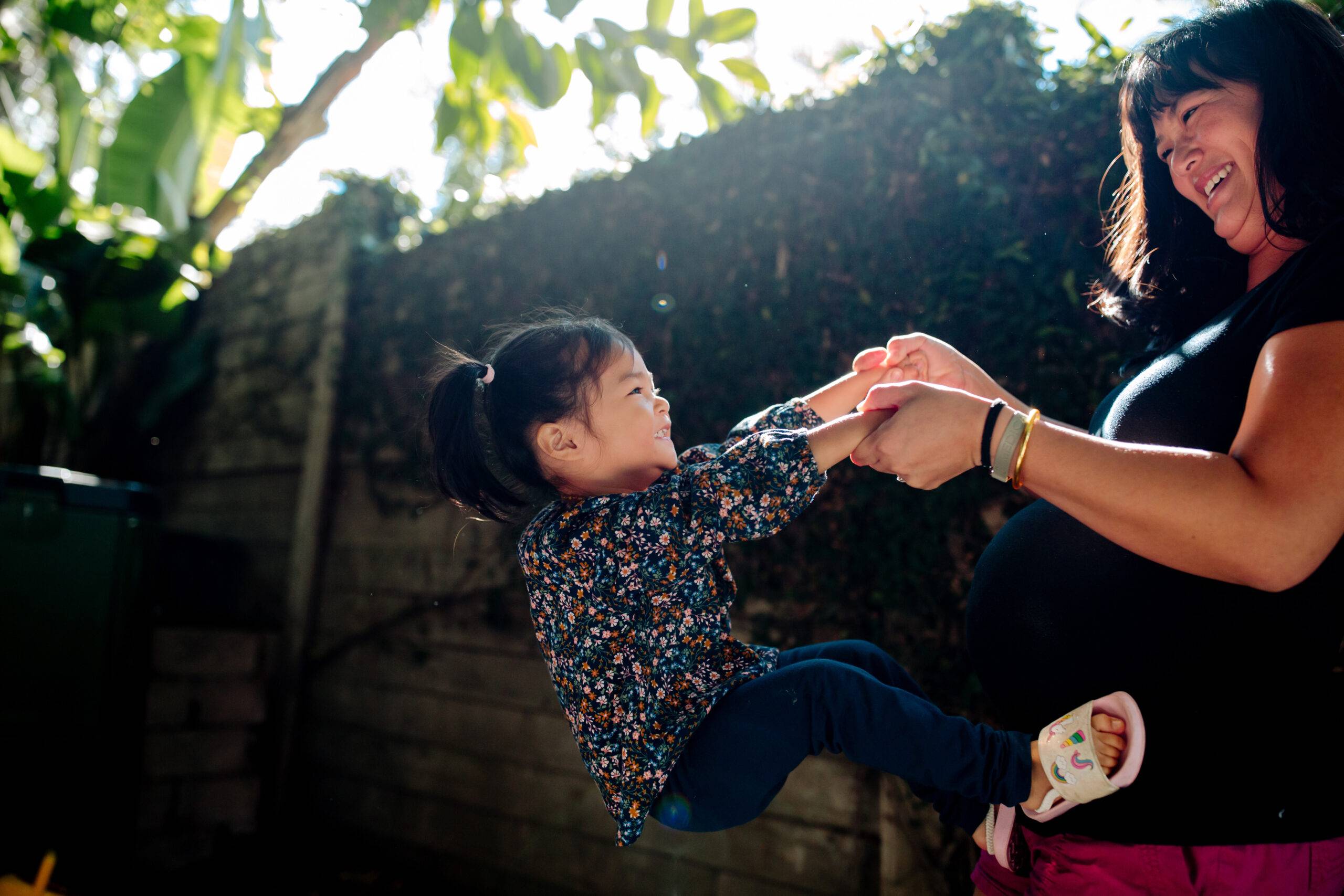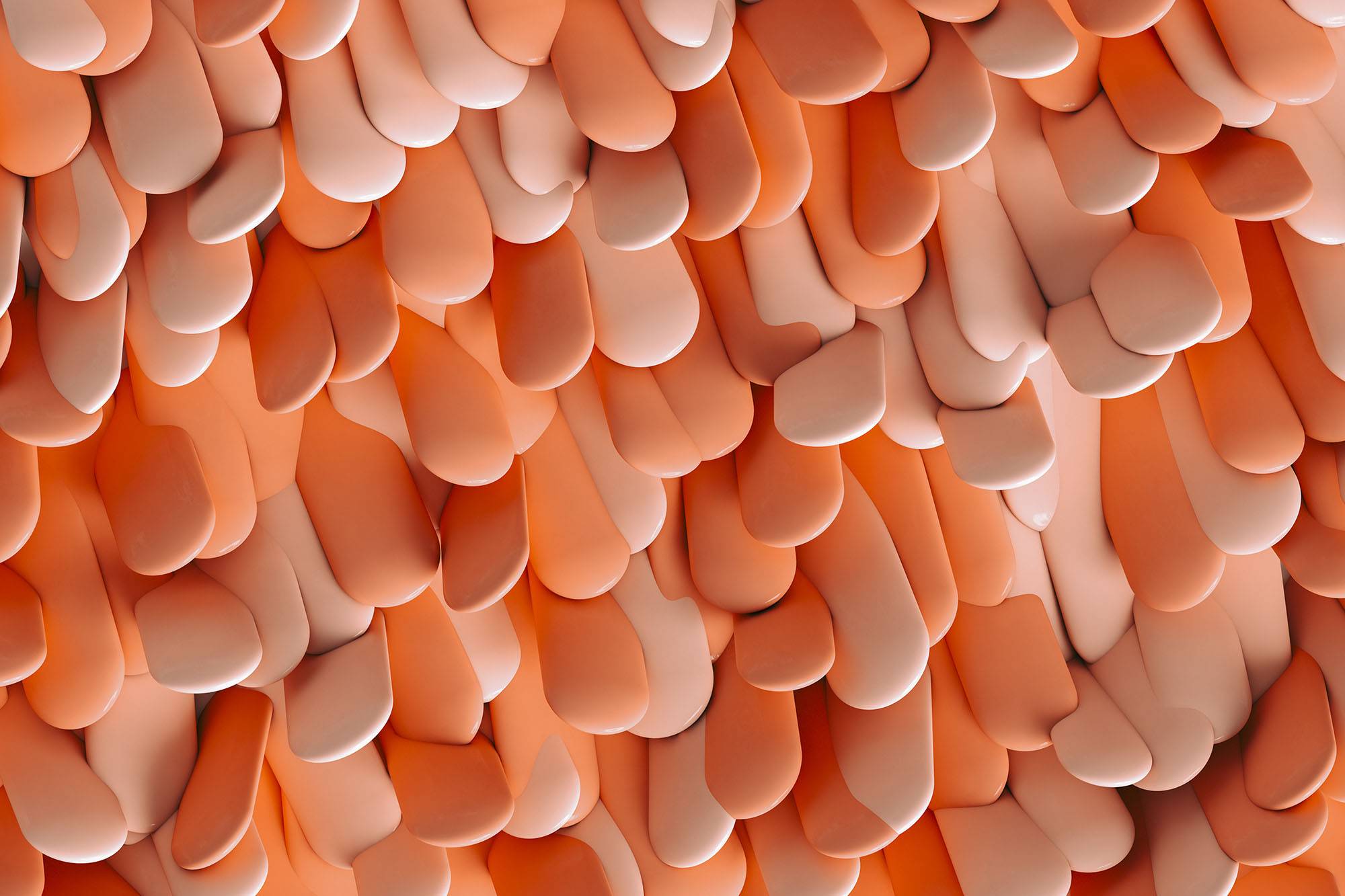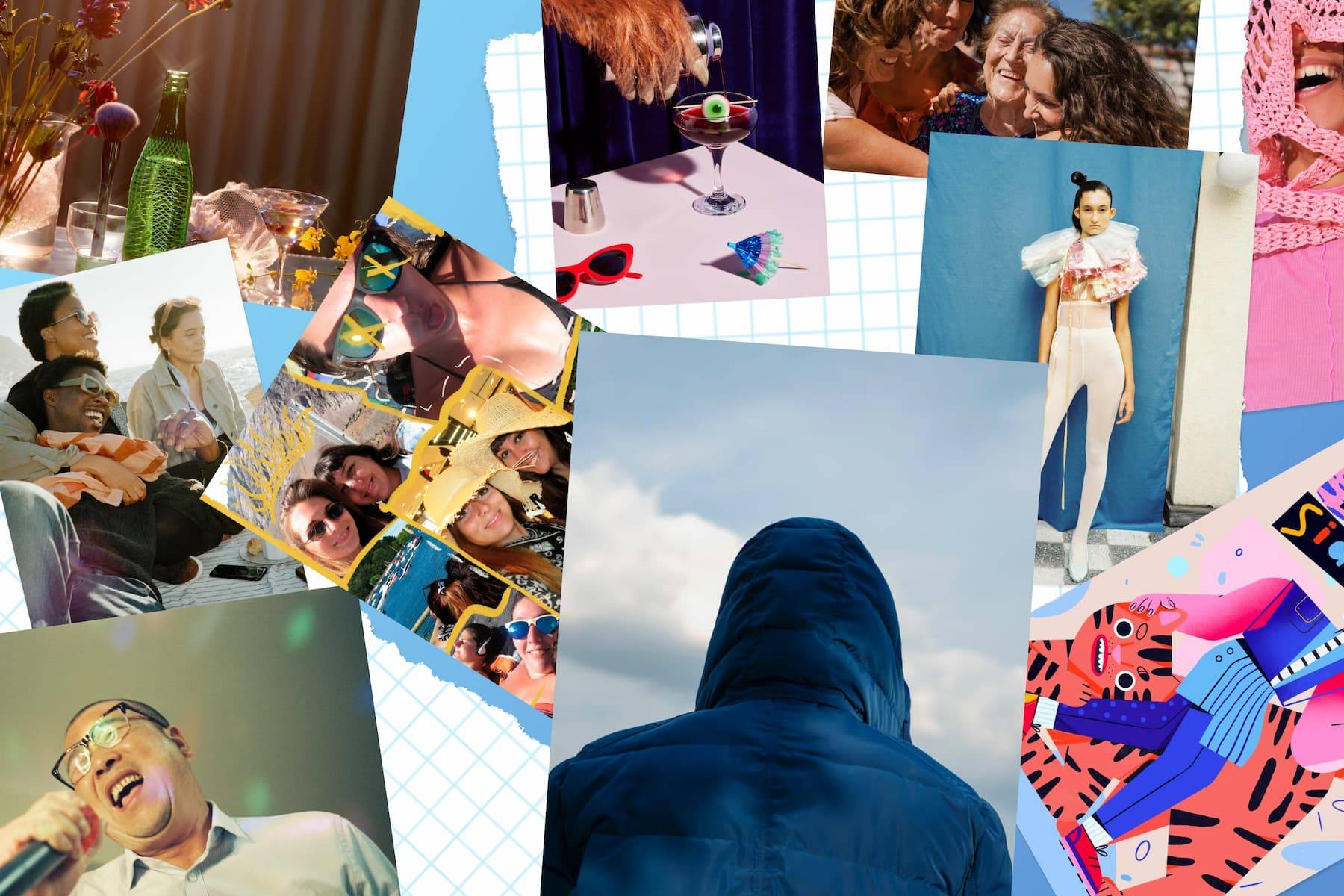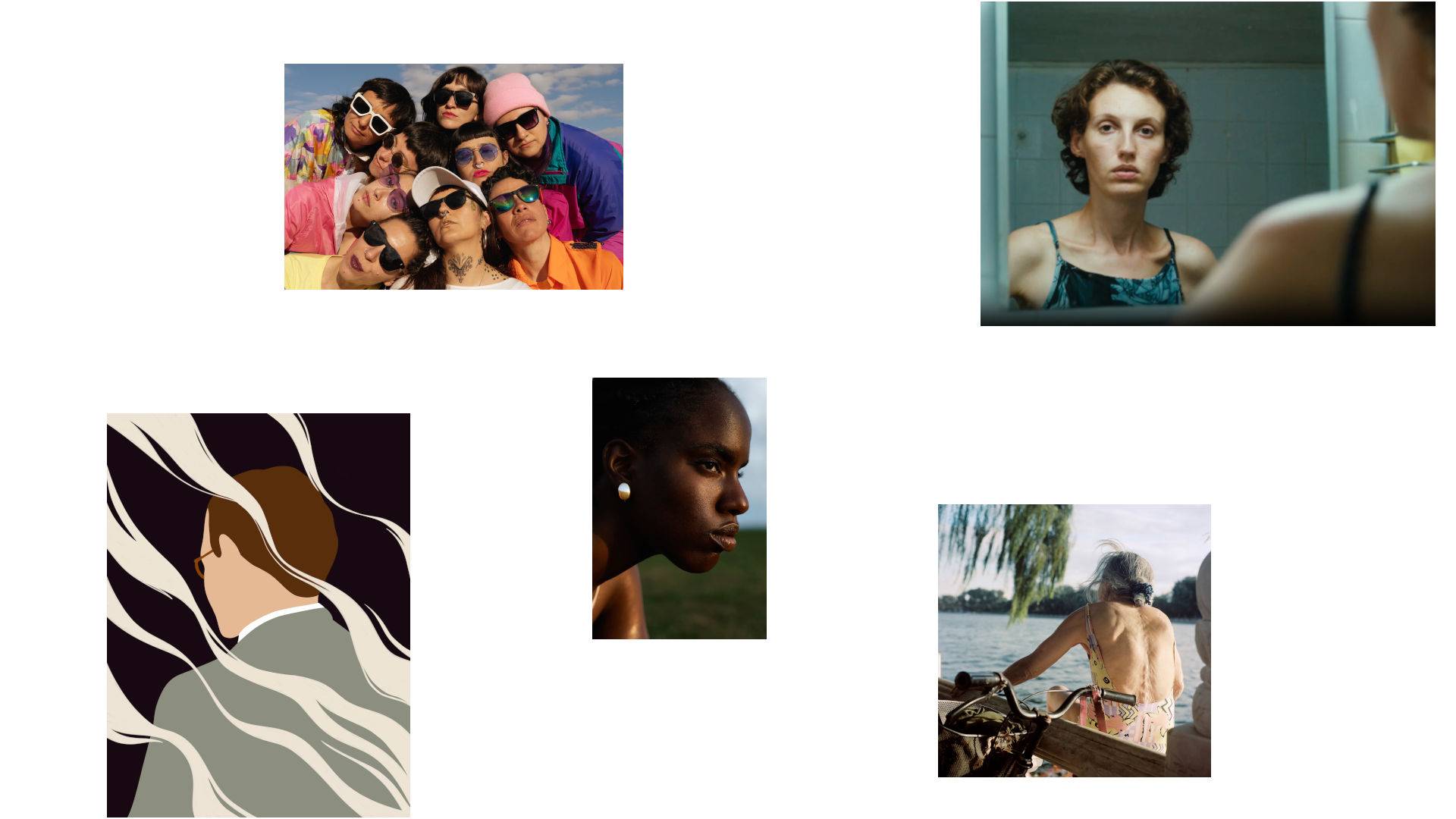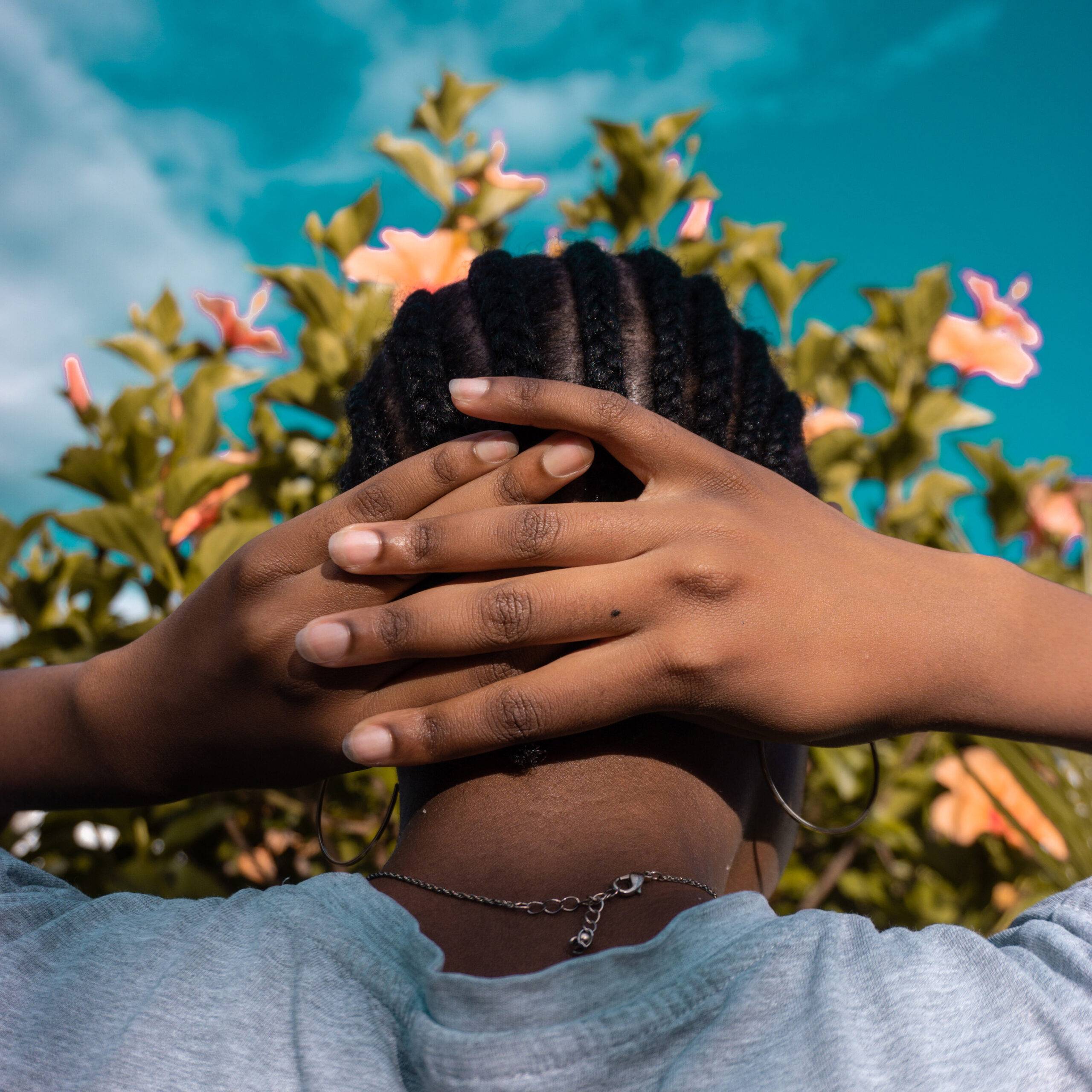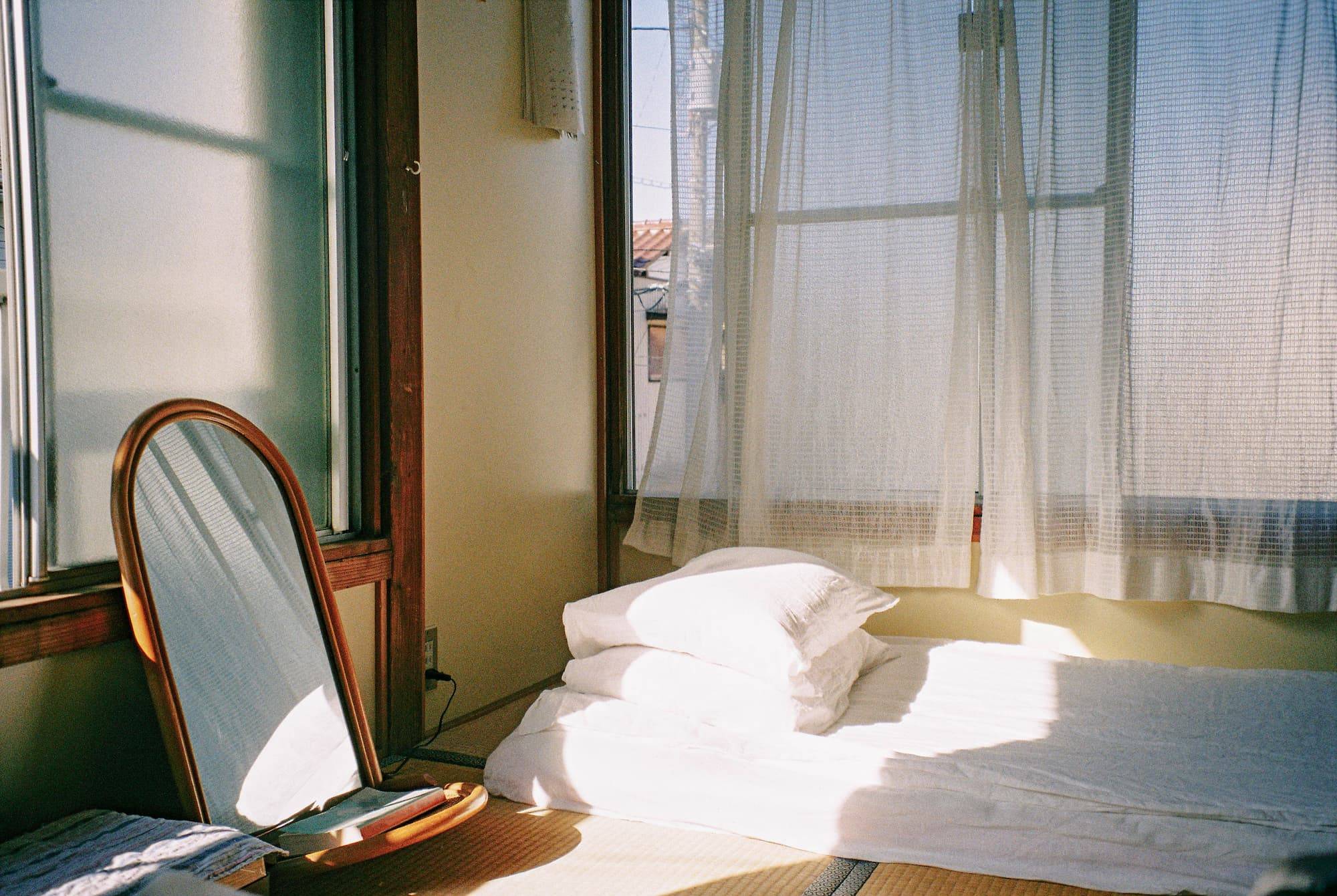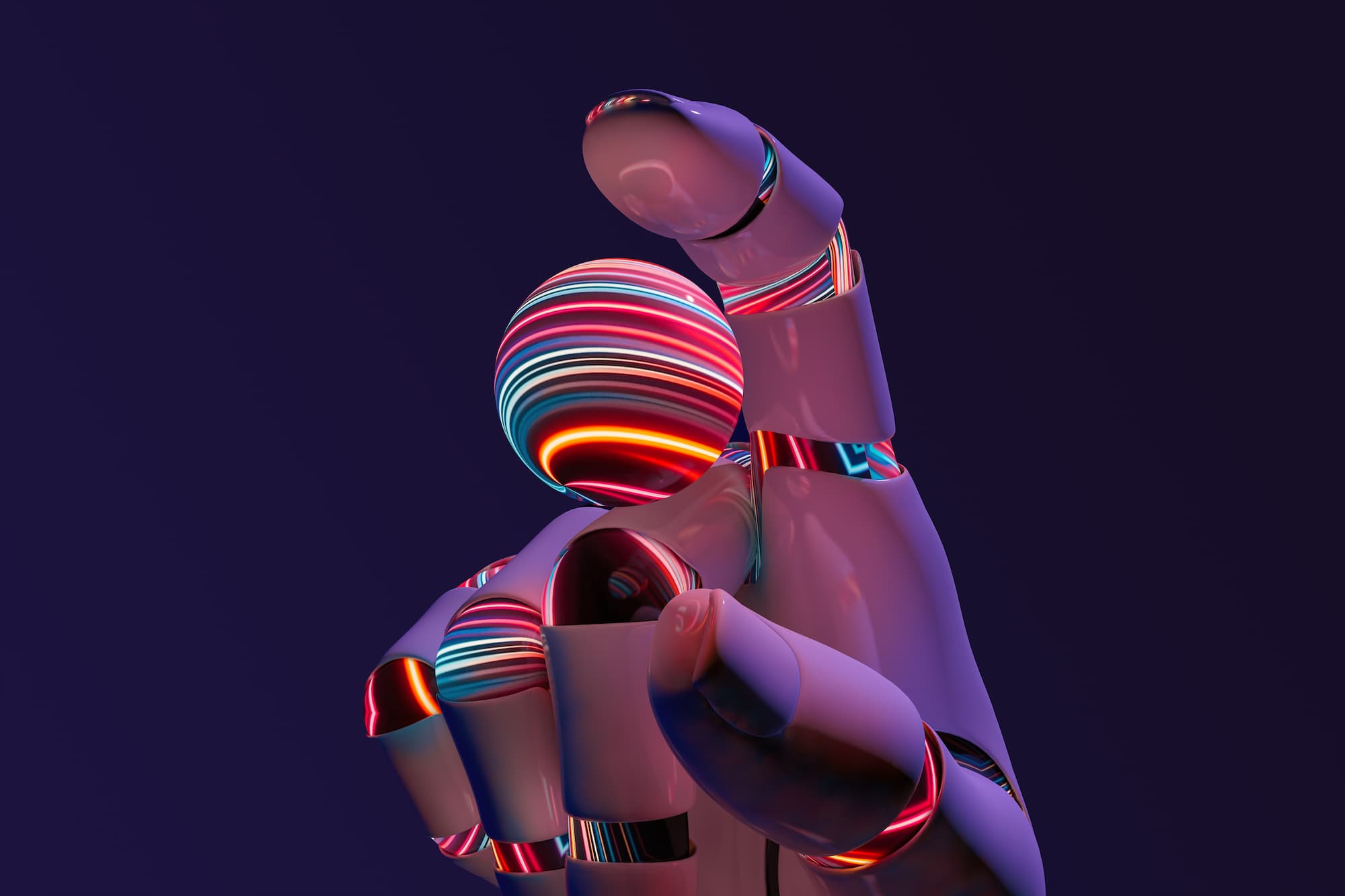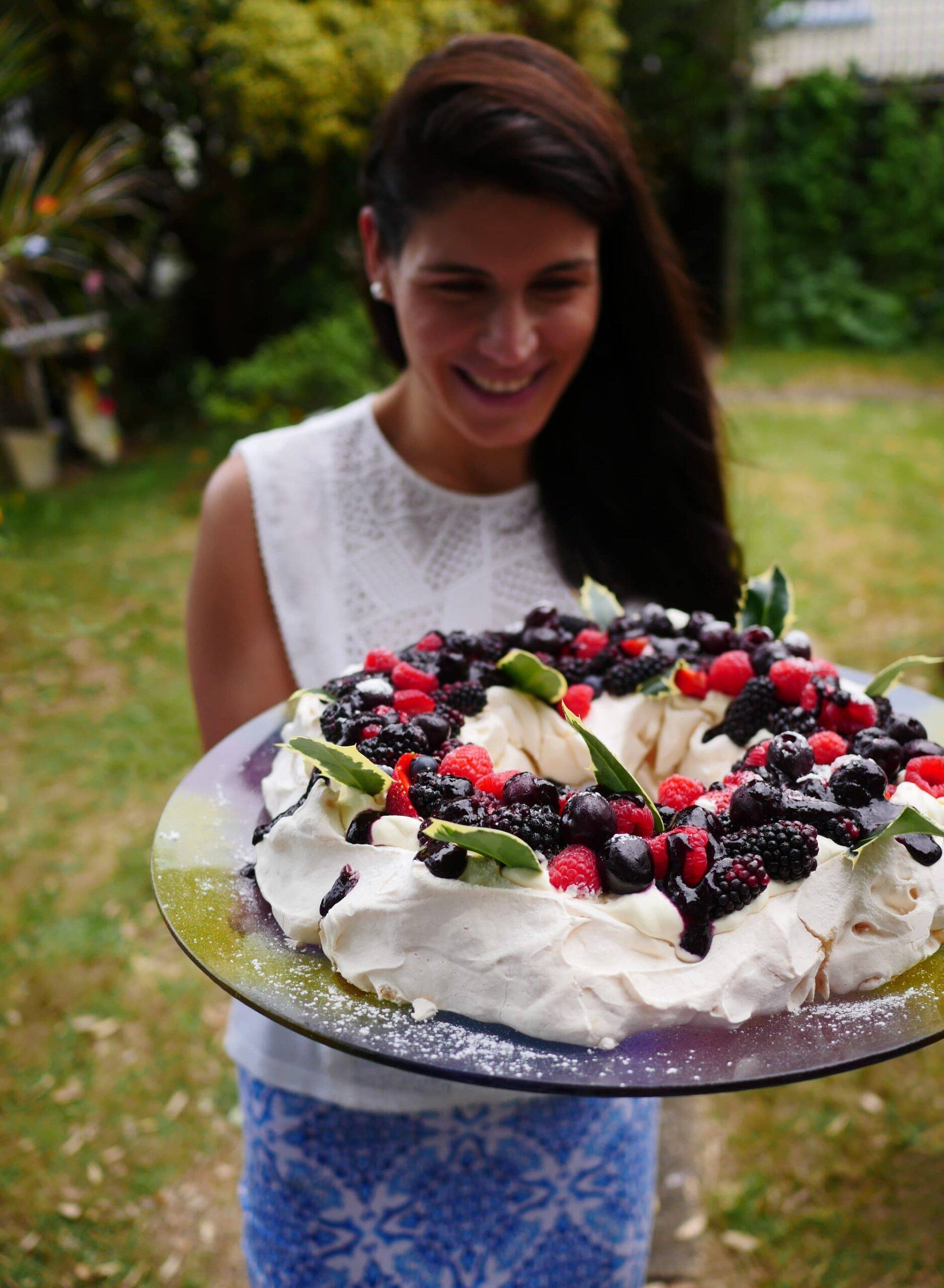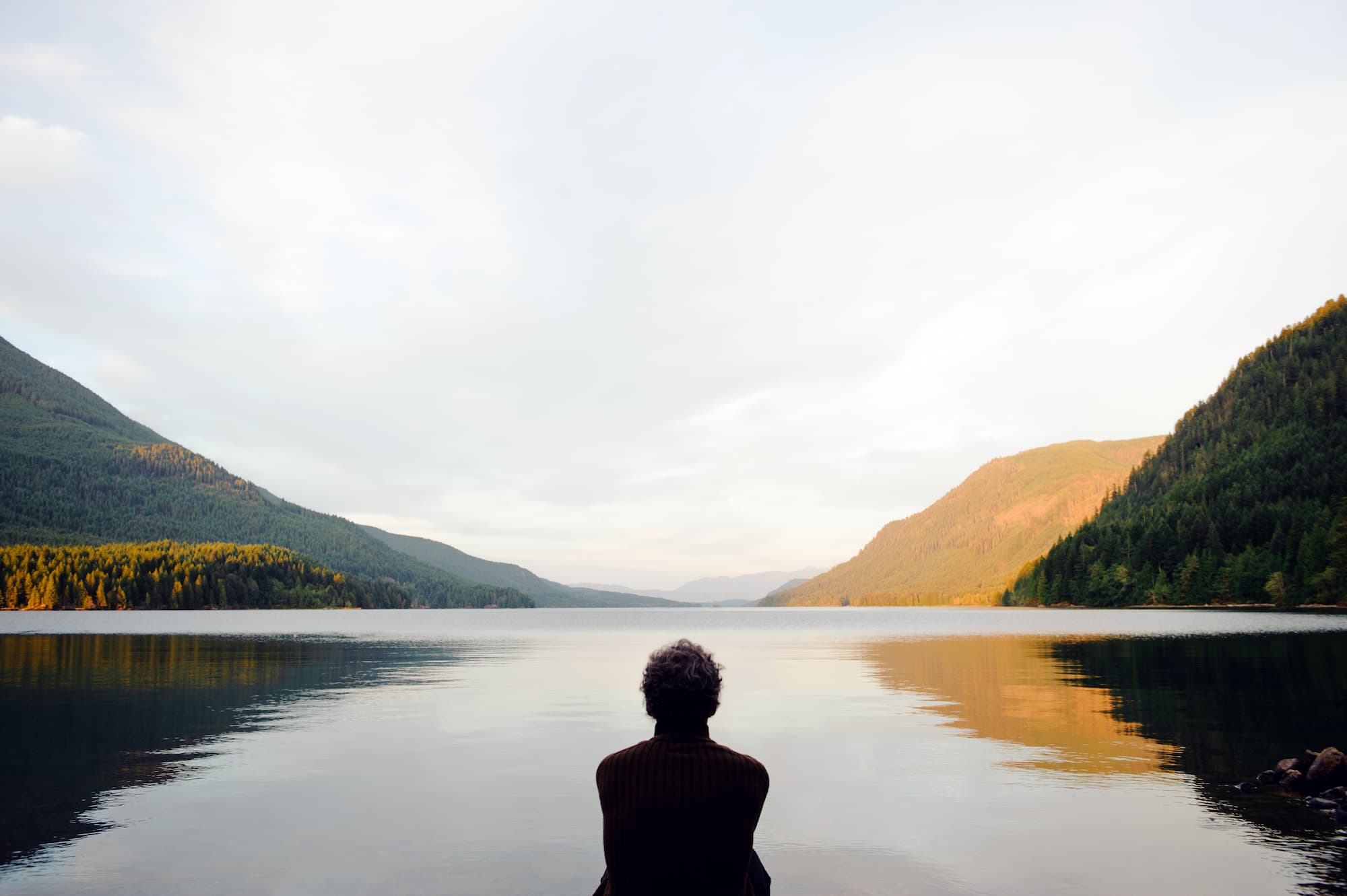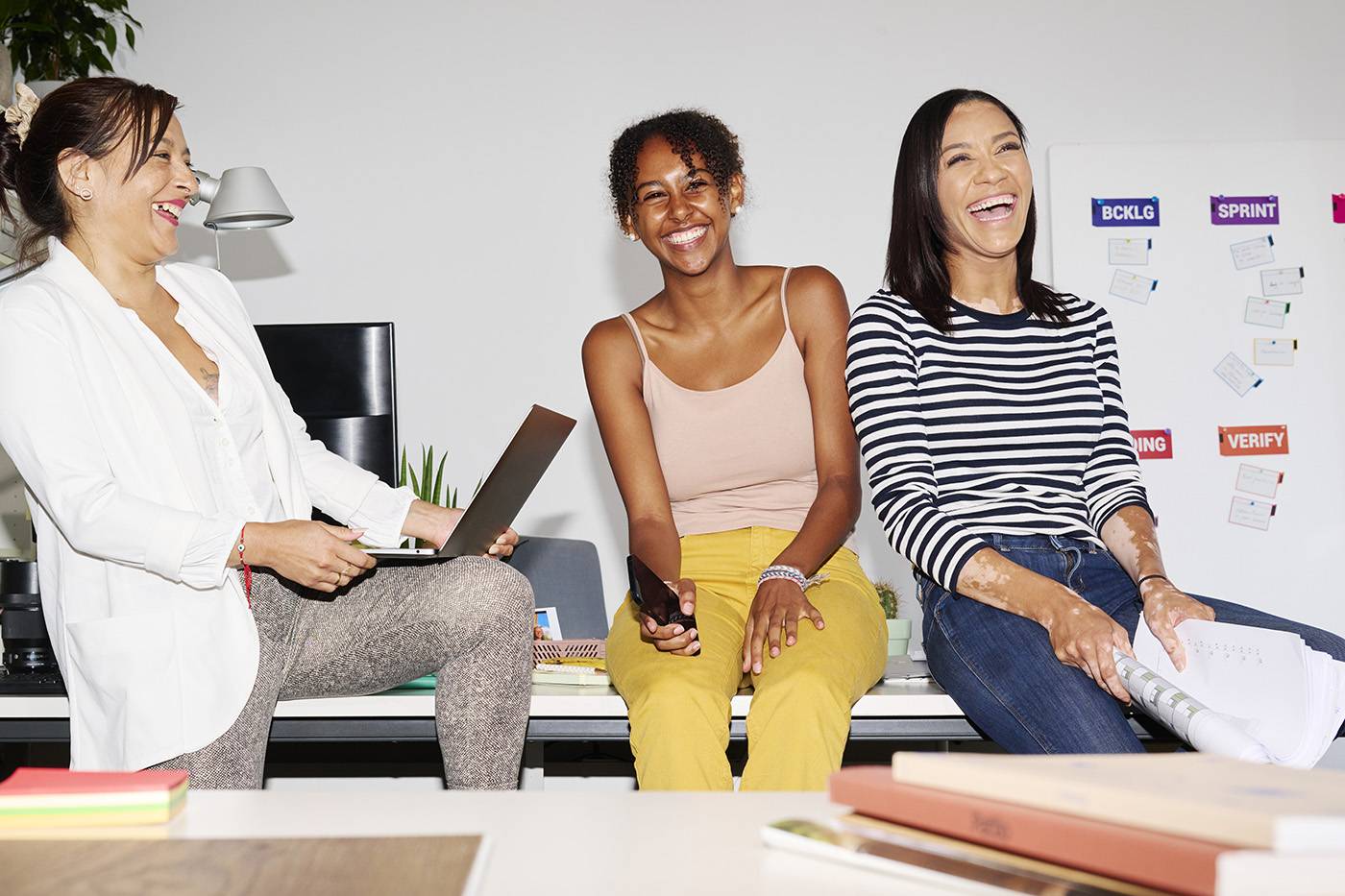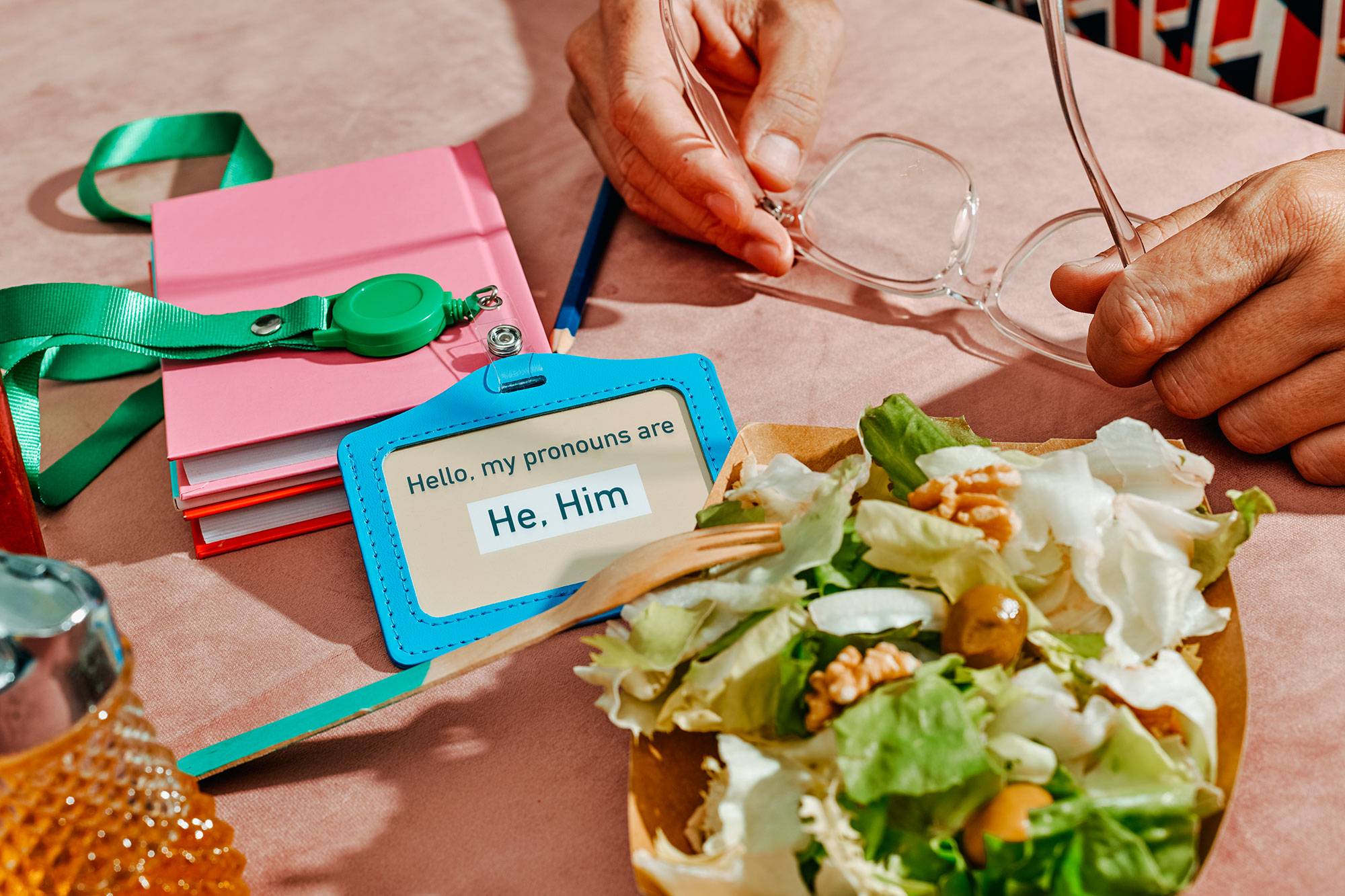In the media industry, we have a legacy of storytelling that often falls short when exploring and representing the female experience.
Consciously or unconsciously, artistic decisions and the structure of works — camera angles, lighting, editing, composition, styling, etc. — can promote and perpetuate a masculine, heteronormative point of view on audiences and, therefore, their ideals and expectations. One poignant example is keywords attached to women in our collection. At Stocksy, our members choose the keywords they input and find many descriptions that value youth and physical appearance: young, beautiful, pretty, fashion, beauty, attractive, and cute.
However, none of these keywords were in our topmost searched terms by clients in the last year. Our buyers want business (#1 most searched for term with “woman”), diversity (Black and Asian ranked #4 and #7, respectively), age representation among models (older, mature, and senior are all in the top 25 searches for woman), confidence and strength (confident woman is #24, strong woman is #34), and real life activities (searches for stretching, active, sport, hiking have all increased over 200% in the last year).
Like the progressive brands and creators we work with, Stocksy is committed to a strict content policy with concrete actions to address shortfalls in media representation. In recent years, we’ve come a long way in our effort to supply more modern, diverse, and empowering reflections of women. We see this progress in the expansion of female artists in our co-op and the critical discourse that addresses issues of bias, stereotyping, and non-inclusive treatment. But there is still more we can collectively do.
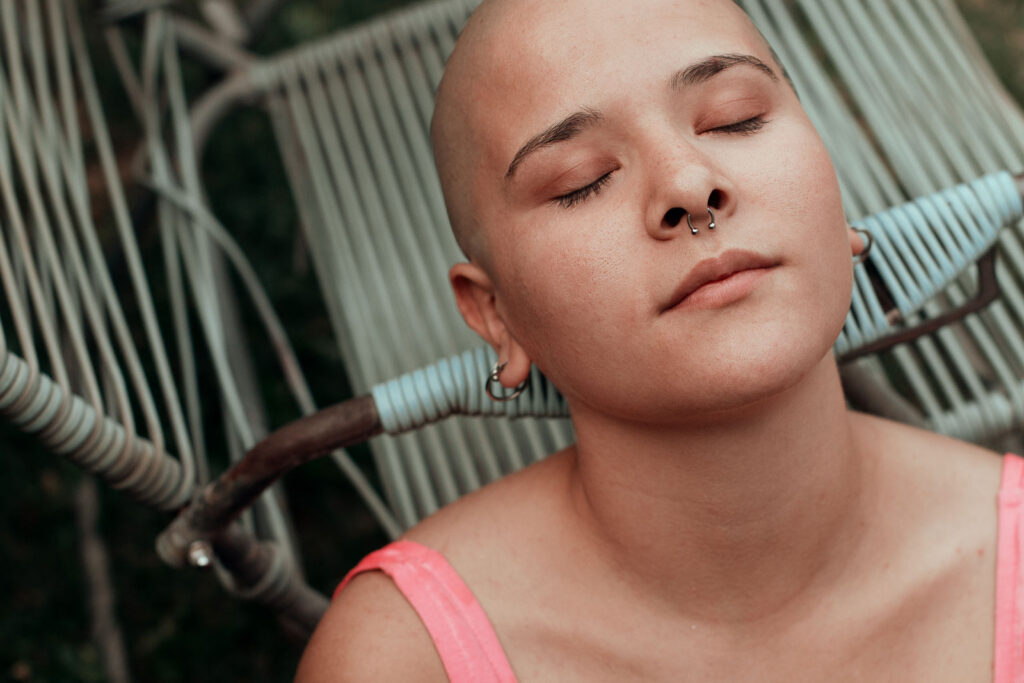
The Female Gaze
Registering the “male gaze” is an essential first step in understanding how women have been traditionally treated in popular culture and how we can raise the bar. The male gaze describes the tendency of the narrator to assume a male viewpoint. Therefore, female characters are constructed through a male lens and shaped by male desires. This perception imbalance has resulted in a long history of inaccurate interpretations of women. Common attributes are:
- One-dimensional; lacking complexity, depth, or agency
Passive or vulnerable - Inferior in intellect, judgment, wit
- Happy and easily pleased
- Unnecessarily sexualized or eroticized
- As background or an accessory to a male character
- Displaying vanity and materialism
- Solely feminine and nurturing
- Dependant — qualified by relationships or marriage
Amplify women-identifying artists that tell their own stories with their lens. Explore our selection of work from the female gaze.
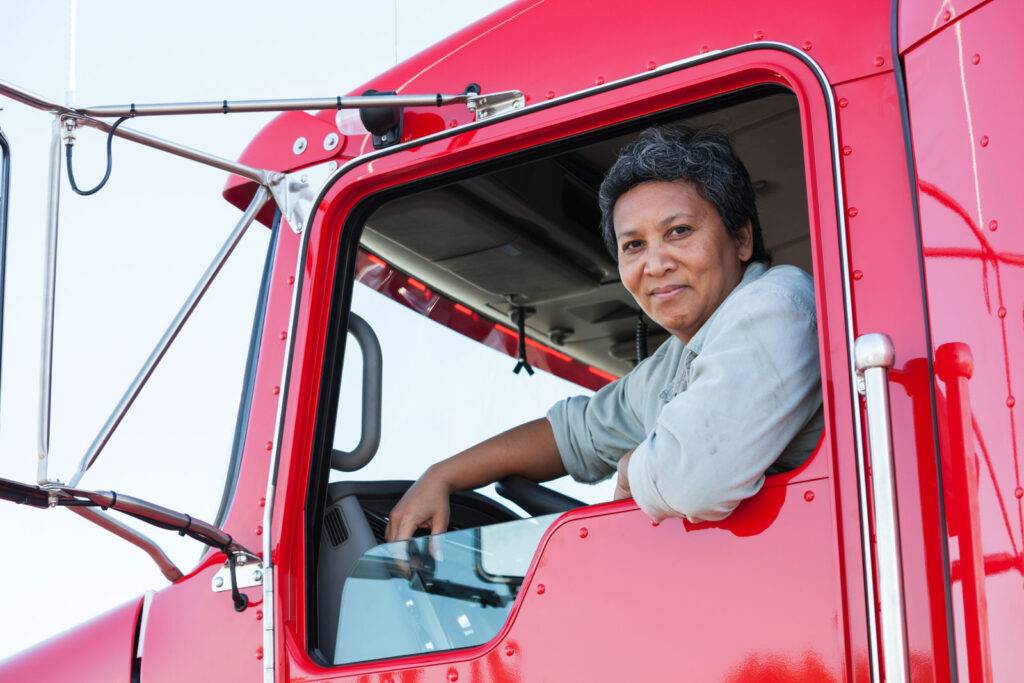
Gender Roles
The content we consume dramatically influences our perception and adoption of gender roles. It’s so powerful that in 2017 Britain’s advertising regulator introduced a ban on advertising that promotes gender stereotypes, unhealthy body images, or sexually objectifies women. They cited that stereotypes could “restrict the choices, aspirations and opportunities” of ad viewers, especially young girls and teenagers figuring out their identities and goals.
The gender gap begins in education, fueled by gender stereotypes and expectations regarding “women’s work.” We can expand how and where we picture women in the workforce and ensure that this content is inclusive of age, ethnicity, and ability.
In media and IRL, we have to see women as powerful and vital players in the economy. This is particularly urgent in industries that have traditionally discriminated against women — e.g., STEM (Science, Technology, Engineering, and Mathematics), finance, military and defense, law enforcement, and politics. Systems of bias that push women out of these careers — systems like male-dominated workspaces, pay inequality, lack of access to mentors and peer role models — can be dismantled through the normalization of women-identifying presence and achievement in these spaces.
Beauty Ideals
The media industry still struggles with the unresolved conflict of feminine beauty ideals. In media and advertising, we’re starting to move away from heavily retouched images that perpetuate unhealthy body images with a view towards attainable, diverse, and healthy body types. At the same time, the use of body augmentation filters on social media platforms are on the rise, raising concerns that unnatural ideals will trickle back into commercial visual culture and continue to shape unhealthy perceptions of societal “norms.”
From makeup to hair and skincare, beauty brands are pushing to cater to all body types, ages, skin tones, gender expressions, and identities. The goals promoted today by the beauty and wellness industry are leaning toward an inside-out mindset of self-care, body-positivity, sexual health, mental well-being, mindful nutrition, sustainable practices, and do-no-harm products.
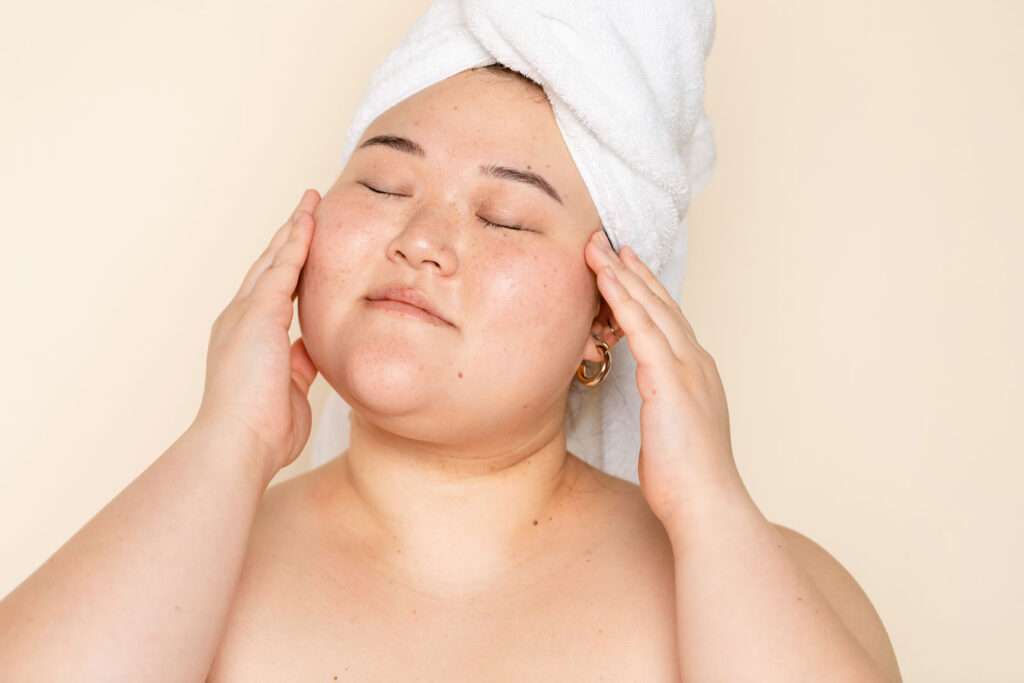
As a constantly shifting cultural convention, the definition of beauty can change as ideals fluctuate and trends emerge. Today’s more critical conversation is not about what beauty is or isn’t but what role it should play at all. “Body-neutrality” goes beyond body-positivity in that it’s not just about pushing back on non-inclusive beauty ideals but on all aspects of society that continue to promote beauty as necessary.
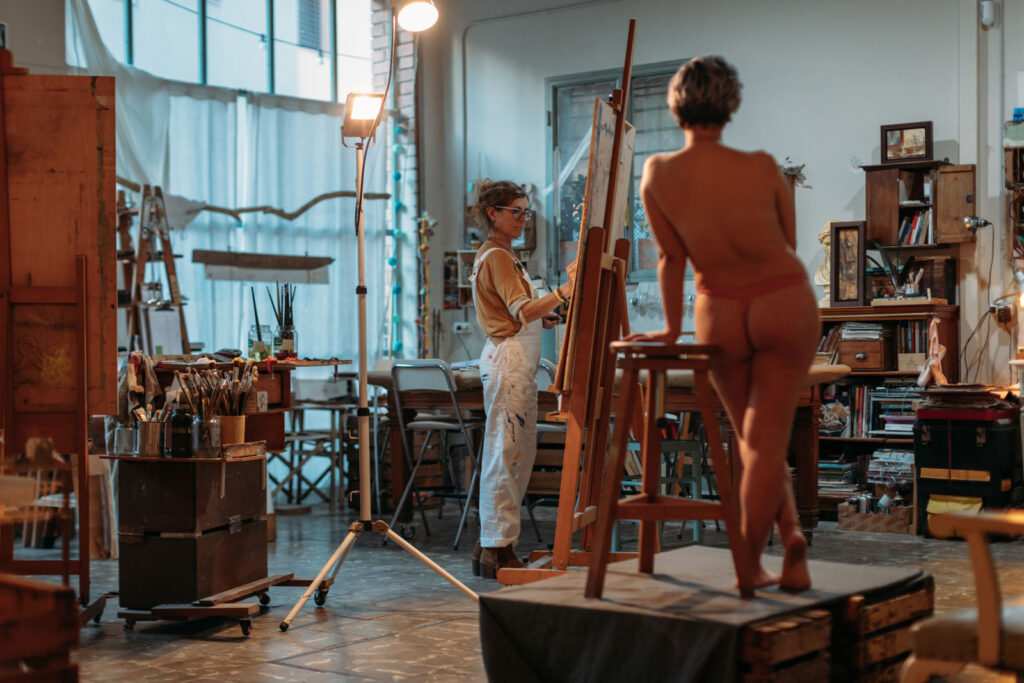
The Female Nude
The female body and the nude portrait have inspired artists for millennia. Nudity can be a beautiful expression of body positivity and an exploration of form, sensuality, and sexuality. There is, however, a fine line between art and objectification.
Too much skin can come across as objectifying when it’s gratuitous or beside the point. E.g., does she always make breakfast in her underwear? Would she really be undressing in front of a window? Nudity can also function to objectify when the pose, cropping, or angle feels like it takes away a sense of selfhood or dignity from the model — e.g., when heads are cut off or when a model is in a position that looks uncomfortable or demeaning.
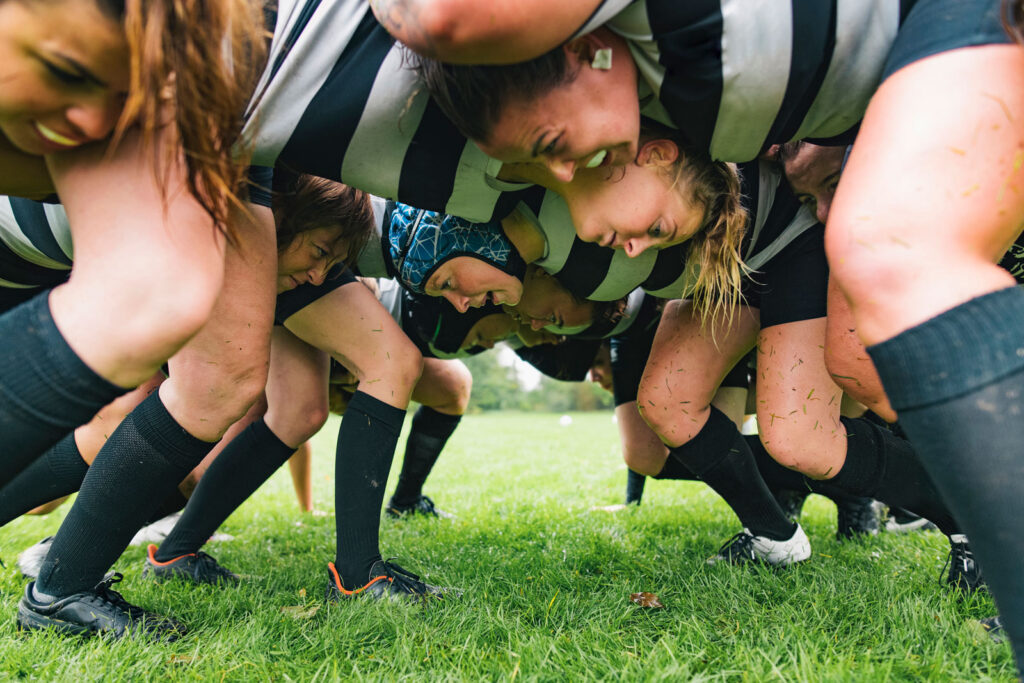
Sports
Too often, the media showcases female fitness with slender models/athletes in sexy outfits and sexy poses, with way too much flawless makeup and not enough dirt or sweat. This unrealistic depiction can convey that femininity is incompatible with physical strength. This notion is compounded by media coverage that emphasizes heterosexual femininity and negatively represents lesbians, non-binary identities, and “masculine-looking” bodies.
We want to see women doing sports — not just posing with skateboards, surfboards, tennis rackets, golf clubs, skis, basketballs, etc. Show real people, real athletes, and real action. We also want to see more women engaged in more types of sports outside of jogging and yoga.
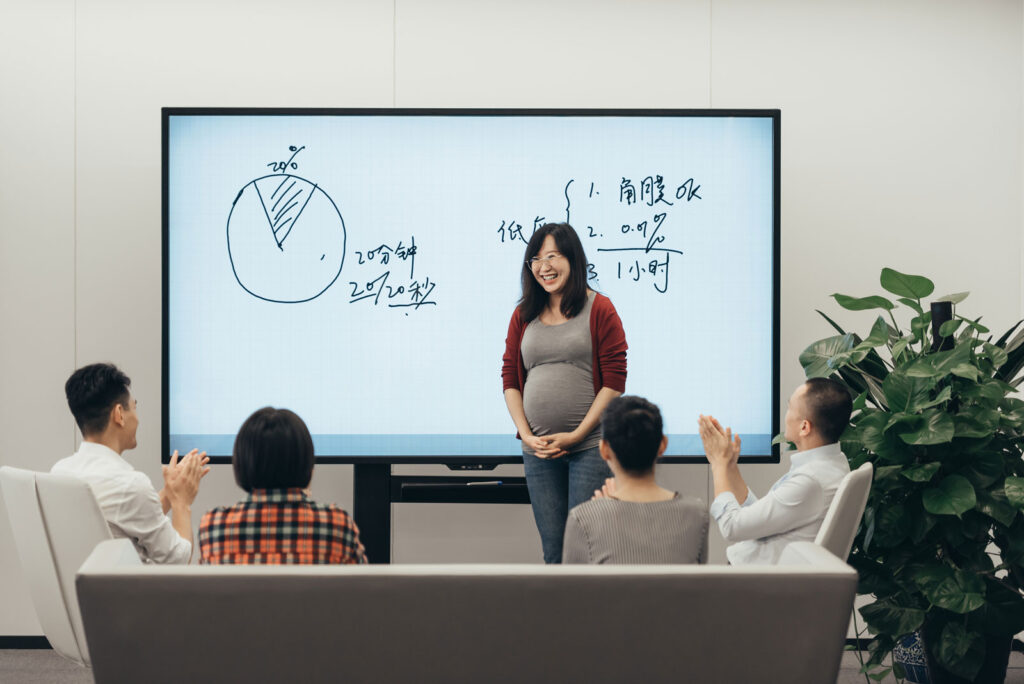
Pregnancy
Pregnancy is a significant part of the female experience. There is so much to explore in this subject area, yet pregnancy nudes and portraits of women holding their bellies dominate the media landscape. We want to see different dimensions of pregnancy lifestyle from medical checkups, birth planning, and preparation to simply going about day-to-day life doing things like working, planning, socializing, exercising, eating, cooking, and relaxing. Bringing new life into the world is a mind-blowing phenomenon, so we want to see more of the realities of pregnancy than the romanticization of pregnant women and their bodies.
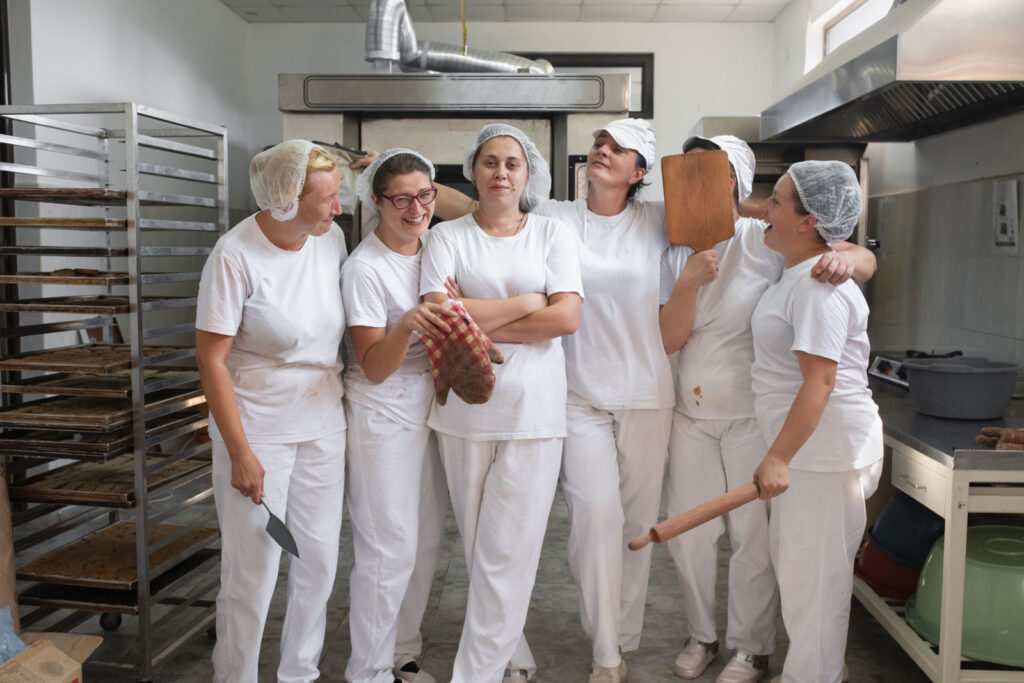
Friendships
Spoiler alert: adult female friends may sometimes but rarely…
- Hang out in their underwear
- Have pillow fights
- Hang out in bed
- Apply skincare products to each other’s faces
- Piggyback each other
- Hold hands
- Lie on each other’s laps
- Take their tops off, for the heck of it
- Run together and dance through a field
- Do much of anything in fields
We’re interested in visual media that showcases female friendships’ depth, complexity, and richness. Sure, there can be touch and physical affection at times, but what about other experiences and expressions of appreciation between friends? Travel, eating out, boredom, biking, picnics, games, sports, conversation, classes, gifts, jokes, drinking, cooking, consolation, camping, concerts, consuming culture, walking dogs, co-working, gardening, building, etc. We want it all!
Brands have the responsibility and opportunity to amplify under-represented voices, perspectives, and stories.
It’s time to raise our expectations of the media and work with the artists that can make it happen. Hire trans women cinematographers, hire women-identifying illustrators, hire women who challenge and drive culture forward.






